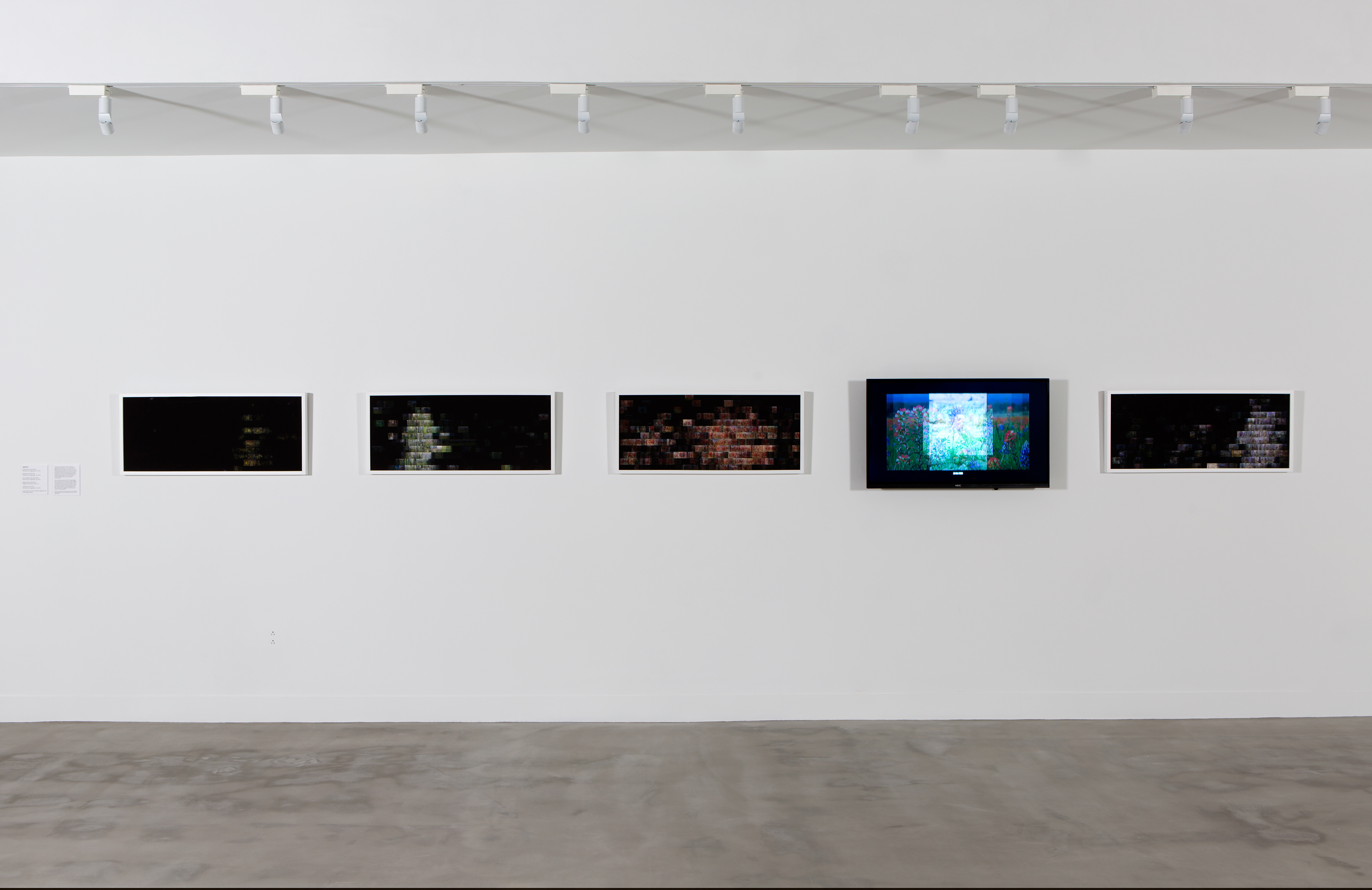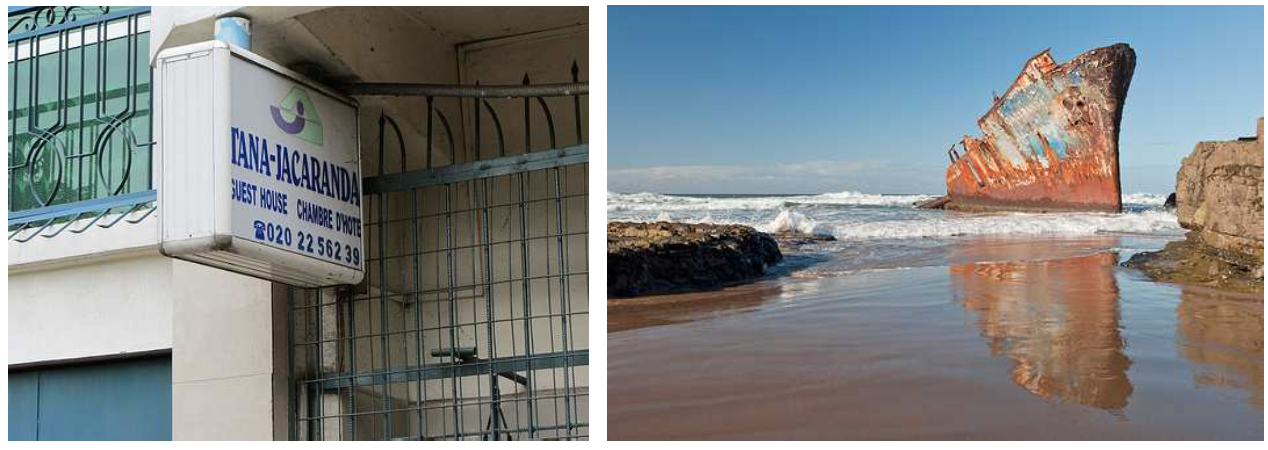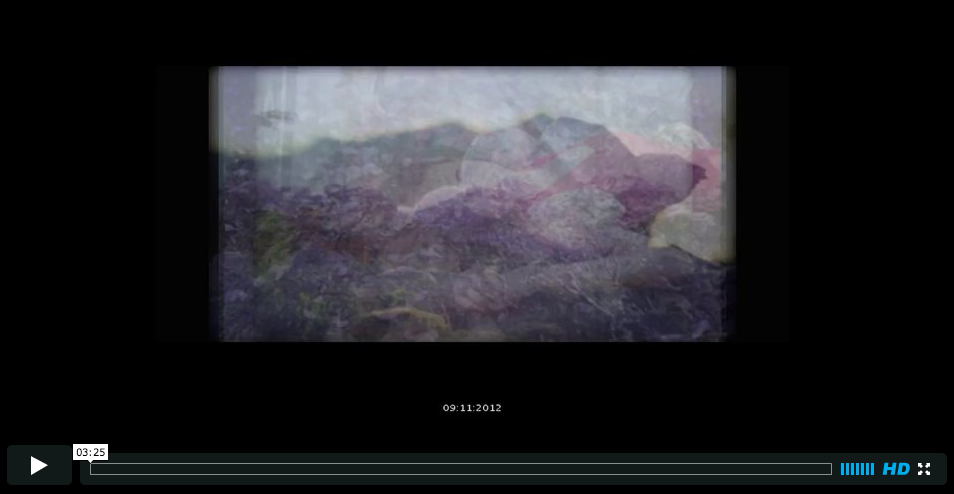Keeping Time (Phenology Studies)
Archival ink on paper rag, single channel video.

Visual study of the Jacaranda for the period from 2002-2013. ‘Tega Brain, 2013, Keeping Time.’

Visual study of the Cowslip Orchid for the period from 2002-2013. ‘Tega Brain, 2013, Keeping Time.’

Visual study of the Texan Blue Bonnett for the period from 2002-2013. ‘Tega Brain, 2013, Keeping Time.’

Visual study of the Sturt's Desert Pea for the period from 2002-2013. ‘Tega Brain, 2013, Keeping Time.’

Exhibition view. ‘Tega Brain, 2013, Keeping Time.’ Zhulong Gallery, Dalas, Texas.

Exhibition view. ‘Tega Brain, 2013, Keeping Time.’ Zhulong Gallery, Dalas, Texas.
Keeping Time portrays complex ecologies living through the Anthropocene. Each image is made by scraping the Flickr platform for images of particular plant species and laying the results out according to the time stamp of the image. Photographs for each year are arranged in rows and are ordered across each row according to date. In this way, the project reveals the phenological patterns of various species over a twelve year period. Phenology is study of the timing of recurring biological events in animals and plants and is explored here through our online digital traces.
Since early 2008, roughly 40 million images have been uploaded to Flickr® every month making a rich, ever-growing digital collection that documents a vast range of human experience including our observations of other species. Keeping Time is made from over 5000 of these photos taken during the years 2002-2013.
The work also shows patterns of species visibility. Observing the number of photos taken throughout each year, it becomes clear that plants only become visible to human photographers at particular moments in their life cycles — typically when they are in flower or when leaves turn red during fall and bud in spring. The project also provides glimpses of socio-cultural relationships to the species in question showing that some have cultural significance as people’s names, names of places, or use in events like festivals or weddings. The patterns that emerge in the resultant images are clear but their cause is ambiguous and they point to both seasonal and cultural correlations, deliberately resisting what theorist Benjamin Bratton refers as the “staged transparency”of much visualization work.
Since early 2008, roughly 40 million images have been uploaded to Flickr® every month making a rich, ever-growing digital collection that documents a vast range of human experience including our observations of other species. Keeping Time is made from over 5000 of these photos taken during the years 2002-2013.
The work also shows patterns of species visibility. Observing the number of photos taken throughout each year, it becomes clear that plants only become visible to human photographers at particular moments in their life cycles — typically when they are in flower or when leaves turn red during fall and bud in spring. The project also provides glimpses of socio-cultural relationships to the species in question showing that some have cultural significance as people’s names, names of places, or use in events like festivals or weddings. The patterns that emerge in the resultant images are clear but their cause is ambiguous and they point to both seasonal and cultural correlations, deliberately resisting what theorist Benjamin Bratton refers as the “staged transparency”of much visualization work.

Images returned in a search for Jacaranda. Image credit: Alistair Wilkie Shabba Al: signage and Vanessa Kauffmann: ship wreck.
PHENOLOGY
There is a growing interest in the study of phenology as climate destabilisation continues to impact conditions on Earth. Phenology provides a sensitive indicator of changing climate conditions and the response of the biosphere. Of particular concern is that changes to the timing of species cycles will compromise ecosystem synchronicities. For example, the timing of pollinators will become mismatched to the flowering of their food supply species and temporal relationships will break down.
The oldest written biological record is the observation of the Cherry Blossom bloom in Kyoto, Japan, and it stretches back to 705AD. This bloom event is marked with the Cherry Blossom festival, an important event in Japanese society. Many other historic festivals respond to phenological events such as the Tomatina festival in Valenica, Spain and the innumerable Italian sagras traditionally held after the harvest of a particular locally grown fruit or vegetable. The bloom of the Cherry Blossom is triggered by the onset of a run of warm days in early spring, making flowering records such as this a valuable indicator of historic climate patterns.
There is a growing interest in the study of phenology as climate destabilisation continues to impact conditions on Earth. Phenology provides a sensitive indicator of changing climate conditions and the response of the biosphere. Of particular concern is that changes to the timing of species cycles will compromise ecosystem synchronicities. For example, the timing of pollinators will become mismatched to the flowering of their food supply species and temporal relationships will break down.
The oldest written biological record is the observation of the Cherry Blossom bloom in Kyoto, Japan, and it stretches back to 705AD. This bloom event is marked with the Cherry Blossom festival, an important event in Japanese society. Many other historic festivals respond to phenological events such as the Tomatina festival in Valenica, Spain and the innumerable Italian sagras traditionally held after the harvest of a particular locally grown fruit or vegetable. The bloom of the Cherry Blossom is triggered by the onset of a run of warm days in early spring, making flowering records such as this a valuable indicator of historic climate patterns.
CREDITS
This project has been assisted by the Australian Government through the Australia Council for the Arts, its arts funding and advisory body.
This project has been assisted by the Australian Government through the Australia Council for the Arts, its arts funding and advisory body.
